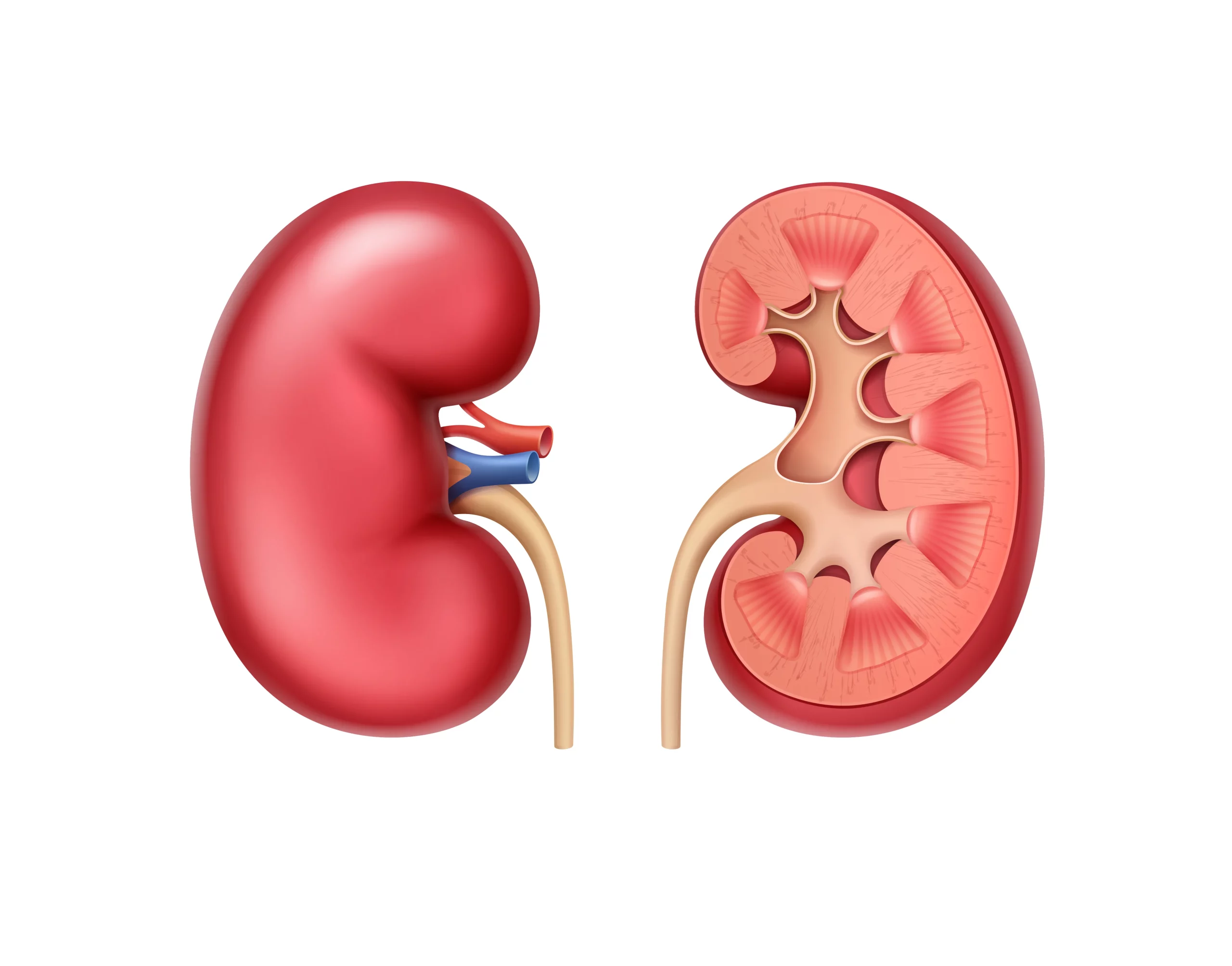A Groundbreaking Study in the Journal of Cardiovascular Magnetic Resonance Heralds a New Era for Patients with Renal Artery Stenosis
In a pioneering study published on January 13, 2024, in the Journal of Cardiovascular Magnetic Resonance, researchers have revealed a new radiomics-based model that significantly improves the prediction of renal function post stenting in subjects with renal artery stenosis (RAS).
Renal artery stenosis, a condition characterized by the narrowing of arteries that supply blood to the kidneys, can lead to progressive kidney disease and hypertension. The standard treatment involved, percutaneous-transluminal renal angioplasty (PTRA) and stenting, has been met with variable success, often leaving clinicians in a quandary about the expected outcomes for individual patients.
In an extensive study led by Behzad Ebrahimi of the Department of Radiation and Cellular Oncology, University of Chicago, IL, and colleagues from the Division of Nephrology and Hypertension, Mayo Clinic, Rochester, MN, including Lilach Lerman, a novel model has been created to foretell which patients are likely to benefit from the stenting procedure.
This fresh approach employs a technique called blood oxygenation-level dependent (BOLD)-MRI along with a modern-day alchemy of radiomics, a method to extract a large number of quantitative features from medical images. By assessing the patterns of cortical oxygenation in the kidneys, these professionals have made strides towards predicting responses to PTRA with a higher degree of accuracy.
The study involved twenty domestic pigs as a model for human RAS, where each was scanned with CT and BOLD MRI before and after four weeks of undergoing PTRA. The researchers analyzed kidney volume, blood flow (RBF), and glomerular filtration rate (GFR) along with BOLD-MRI R2* maps created before and after the administration of furosemide, a drug that inhibits tubular reabsorption.
After rigorous testing and validation, twenty-six robust radiomics features emerged from the pre-PTRA BOLD maps, shining a light on the distribution pattern of oxygenation within stenotic (STK) and contralateral (CLK) kidneys. The robustness of these features was validated using Intraclass Correlation Coefficients (ICC).
The radiomics-based predictive model showcased an admirable correlation with actual post-PTRA renal function measurements, achieving a sensitivity of 92% and a specificity of 67% for predicting post-PTRA GFR (r=0.58, p=0.007) and RBF (r=0.68; p=0.001), showcasing its potential to revolutionize treatment protocols for RAS.
This trailblazing discovery could not only enhance the selection of suitable candidates for PTRA but also optimize the management of RAS, potentially improving the life quality of patients and steering the direction of future treatments. It opens a door to personalized medicine where a tailored approach can be used for each patient based on the predicted outcomes from the model.
As the study concludes, while the models were not as successful in predicting systemic measures of renal function post-PTRA, the radiomics features related to cortical oxygenation patterns proved to be instrumental in estimating post-PTRA renal function. It tactically distinguishes between subjects likely and less likely to respond to PTRA and stenting.
The collaborators on this groundbreaking research have taken great care to address potential competing interests, with Lilach Lerman reporting financial support from the National Institutes of Health along with advisory relationships with CureSpec and Ribocure-Pharmaceuticals. Other authors, including Ebrahimi, Gandhi, and Alsaeedi, declared no known competing financial interests or relationships.
The article’s DOI is 10.1016/j.jocmr.2024.100993, with the identifier S1097-6647(24)00984-0, indicating an anchor in the scientific community for future research endeavors.
For further referencing, consider the following essential sources that have been instrumental in the conduct and support of this research:
1. Ebrahimi, B., Gandhi, D., Alsaeedi, M. H., & Lerman, L. O. (2024). Patterns of cortical oxygenation may predict the response to stenting in subjects with renal artery stenosis: A radiomics-based model. Journal of Cardiovascular Magnetic Resonance, 11, 100993. https://doi.org/10.1016/j.jocmr.2024.100993
2. Lerman, L. O., Textor, S. C., & Grande, J. P. (2016). Mechanisms of disease: renal artery stenosis–pathophysiology and therapeutic implications. Nature Clinical Practice Nephrology, 2(8), 383–392. https://doi.org/10.1038/ncpneph0224
3. Textor, S. C. (2017). Renal Arterial Disease and Hypertension. The Medical Clinics of North America, 101(1), 65–79. https://doi.org/10.1016/j.mcna.2016.08.005
4. Mendichovszky, I. A., et al. (2008). Oxygenation-sensitive CMR for assessing vasodilator-induced changes of myocardial oxygenation. Journal of Cardiovascular Magnetic Resonance, 12, 20. https://doi.org/10.1186/1532-429X-12-20
5. Levey, A. S., & Coresh, J. (2012). Chronic kidney disease. The Lancet, 379(9811), 165–180. https://doi.org/10.1016/S0140-6736(11)60178-5
Key Words
1. Renal artery stenosis treatment
2. BOLD-MRI radiomics
3. Kidney stenting prediction
4. Renal function PTRA response
5. Renovascular hypertension stenting
These keywords are tailored to attract readers and researchers interested in the latest advancements in renal artery stenosis treatment and diagnostics. Through the combined use of sophisticated radiomics and innovative models for predicting patient outcomes, medical professionals are inching closer towards a more personalized, effective approach to treating this serious condition, thereby improving patient care and clinical outcomes worldwide.
